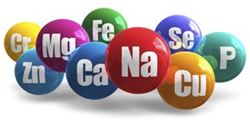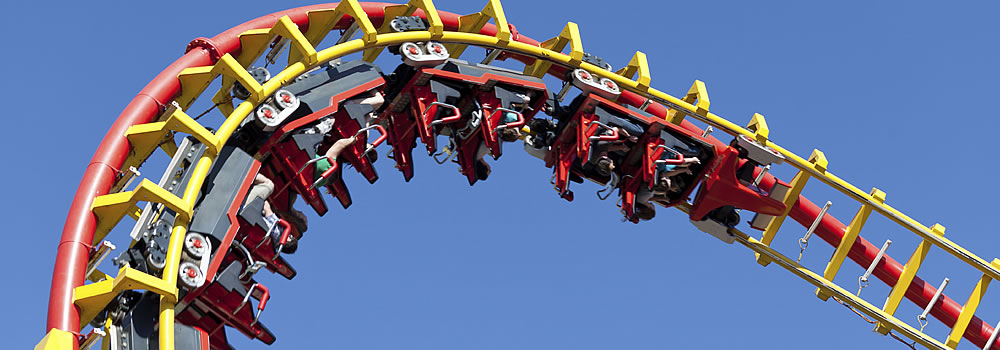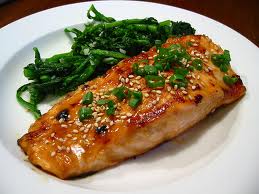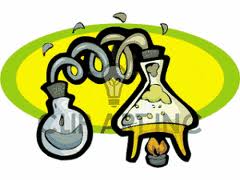The food diary is complete and I am suddenly aware of just how much red meat and pasta we eat as a family! But I will let the Nutritionist be the judge of what’s good and what’s bad…
…Chris and I went to the first appointment together as I wanted him to understand from someone else who is a ‘food/nutrition professional’ that he can’t live on sausage rolls, crisps and biscuits! The first meeting lasted an hour and the lady we saw was very knowledgeable and helpful about what changes we should make to improve Chris’s diet.
The key changes she suggested were:
- Chewing each mouthful of food x20 chews (the more you break down the food in your mouth, the less work your body has to do to release the nutrients!)
- Change to coconut oil for cooking and add a splash of water if cooking with olive oil
- Increase the quantity of vegetables
- Reduce the amount of red meat
- Eat oily fish 2-3 times a week
- Try to include gluten-free grains
- Use home made ‘bone broths’ for soups, casseroles etc
- Try to reduce refined sugar
We also discussed doing a Hair Tissue Mineral Analysis.
Hair Tissue Mineral Analysis
This is an effective way of checking whether you have the right levels of zinc, calcium, selenium, potassium, chromium, niacin, thiamine… the list goes on, in your body. It shows how well the body is functioning on an intracellular level without requiring invasive medical tests – through simple testing of your hair.
 Measuring the mineral content of your hair apparently gives a wealth of information about your levels of key nutrients and their ratios and whether you are unknowingly storing harmful substances in your body.
Measuring the mineral content of your hair apparently gives a wealth of information about your levels of key nutrients and their ratios and whether you are unknowingly storing harmful substances in your body.
It is a simple test to do – we just have to send off a sample of Chris’s hair and wait for the lab results to come back. This seems a good idea as it will tell us whether anything is missing or out of balance in his minerals and then we can use supplements and diet to make any necessary adjustments.
The hair test our nutritionist recommended is £59 so we are going to do it…now I just have to collect the hair sample from around the base of his skull and neckline and send it off!
 ments arrived today…and by recorded delivery! Chris will now be taking tablets for the next 4 months to try to reduce his Copper levels and rebalance other key minerals in this body.
ments arrived today…and by recorded delivery! Chris will now be taking tablets for the next 4 months to try to reduce his Copper levels and rebalance other key minerals in this body.




![nutrition-300x214[1]](http://www.scoliosisridingthecurve.co.uk/wp-content/uploads/2013/08/nutrition-300x2141.jpg)